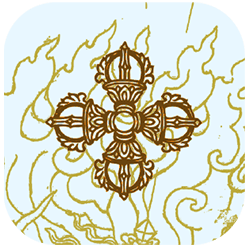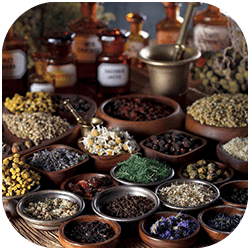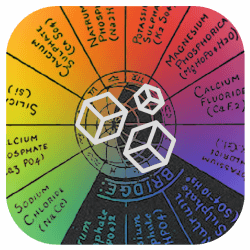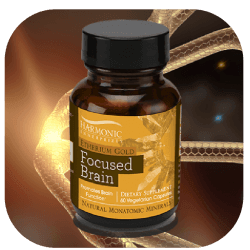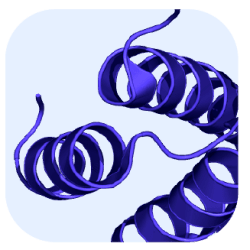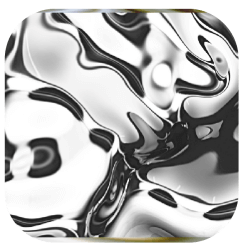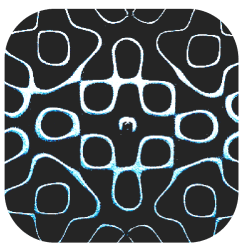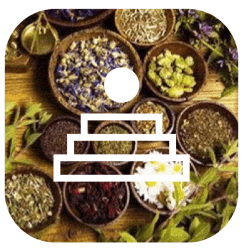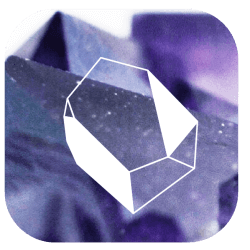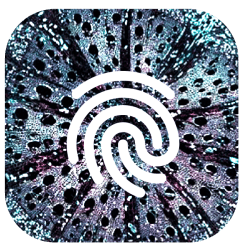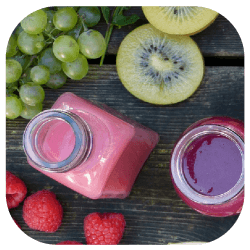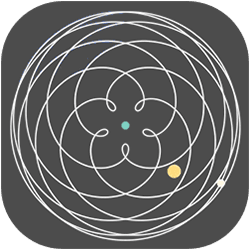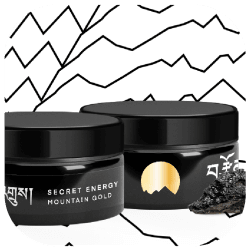Fevers are the body’s response to accumulated toxins; they are a barometer as to what is going on inside our body. It is our vital force’s attempt to heal the body. One may experience heat or even chills. Generating the ability to kill bacteria and viruses to facilitate elimination through perspiration, a fever is considered 100 degrees Fahrenheit or higher, with some fluctuation. To do this, blood flow to the skin and the heart rate are increased to create better circulation, and then elimination is improved.
Disease organisms (viruses from flu or cold) are garbage men just trying to do their job. Help them by facilitating heat and sweating. Then they multiply the work force and the job is done quicker. Hydrotherapy, homeopathy, cell salts, and herbs can help this.
Prevention is always your best option. Following healthy diet and lifestyle habits does that. A poor diet increases mucus production in the body. Mucus is produced in response to a toxin build – up in the body. Toxins are produced by poor digestion, but more importantly by mucus – producing foods such as dairy products, fast foods, processed foods, tobacco, alcohol, coffee, and soda pop, to mention a few.
REMEMBER, WHEN IN DOUBT, SEE A DOCTOR!
Modern medicine uses medications to treat fever. These medications can adversely affect the liver while the cause still goes unattended. To reduce the fever artificially only causes toxicity to go deeper into the tissues. Antibiotics are a temporary fix that leaves the dead bacteria as a toxic refuse
Use Zinc (50 – 100mg a day) as a supplement to strengthen the immune system to remove toxins that may cause fevers.
Herbs for Fever in Adults
Herbs are plants valued for their specific strengthening/ tonifying properties.
The following herbs are directed toward inducing perspiration. Diaphoretic herbs induce perspiration; they enter the circulation and throw off toxins by the sweat glands and stimulate the local nerve fibers to increase their action. They influence the peripheral sensory nerves, which relax and dilate the superficial capillaries and vessels, which aide increased blood flow. They stimulate the sweat glands indirectly by stimulating the cells in the central nervous system from which the sweat glands are influenced.
Hot water, alone, is a diaphoretic. Hot baths are diaphoretic. Diaphoresis is used for pneumonia, pleurisy, peritonitis, and inflammation of the stomach, spleen, bowels, kidneys, bladder, uterus, or brain.
Diaphoretics need to be taken as a hot tea, or capsules with hot water or they may only act as diuretics for the kidneys. Always use warm drinks, but not to the exhaustion of the body.
Choose 2 or 3 herbs taken together (1 teaspoon) of the dry combination; steep for 10 minutes in boiled water, drink while very warm.
Diaphoretic herbs include:
Yarrow – diaphoretic, liver, diuretic
Chamomile – diaphoretic, digestive, nerves
Pleurisy root – diaphoretic, lungs, nervine
Boneset – diaphoretic, nerves, fevers
Blessed Thistle – diaphoretic, hormones, liver
Thyme – diaphoretic, respiratory, nervine, infection
Hyssop – diaphoretic, respiratory, high blood pressure
Garden Sage – diaphoretic, perspiration, drying
Catnip – diaphoretic, nervine
Spearmint – diaphoretic, digestive, nervine
Cell Salts to Help with Fever in Adults
To make a cell salt solution, put up to 10 tablets of each cell salt in a 16- to 24-ounce bottle; fill with water and swirl to dissolve tablets. Sip throughout the day.
#4 Ferr phos 6X – low fevers (102°F or lower)
#5 Kali mur 6X– medium fevers (102°F – 104°F)
#7 Kali sulph 6X – high fevers (103°F – 106°F)
Fever Homeopathic Remedies
Homeopathic remedies are non-toxic natural medicines safe for everyone including infants and pregnant or nursing women. You may use 6X, 30X, 6C or 30C potencies.
These homeopathic remedies may be used for children or adults.
Aconitum – dry fevers; cause is dry cold weather or wind; fearful; inner heat-outer cold; face pale sitting, turning red lying down; thirst and restlessness.
Belladonna – sweating fever; high fever from infection; sudden onset; hot head with cold extremities; dilated pupils-sensitive to light and movement; no thirst with fever.
Bryonia – dry hard crampy irritating cough; worse least amount of motion, better by rest; chill with hot head and red face worse in warm room; pain with deep breathing; pleurisy, headache, weakness, profuse perspiration.
Eupatorium – wiped out feeling, whole body painful; painful joints, neck; painful cough; cold damp weather brings it on; thirst then chill with aching of bones; influenza.
Ferrum Phos – at beginning of fever and inflammation; thirsty; face color pale changing to red.
Gelsemium – slow onset; chills up and down back; trembles-shakes; cold sweat; dizziness, dullness, sleepy; dull headache; slow pulse; apathetic; no thirst; influenza.
Pulsatilla – slow or quick onset; earaches with or without fever; thirstless in fever or heat; person is whiny and weepy, changeable moods; better in open air, worse in warm stuffy rooms; symptoms may be one-sided, one hand cold, one side cold, sweaty or numb.
Source: Dave’s Healing Notes





